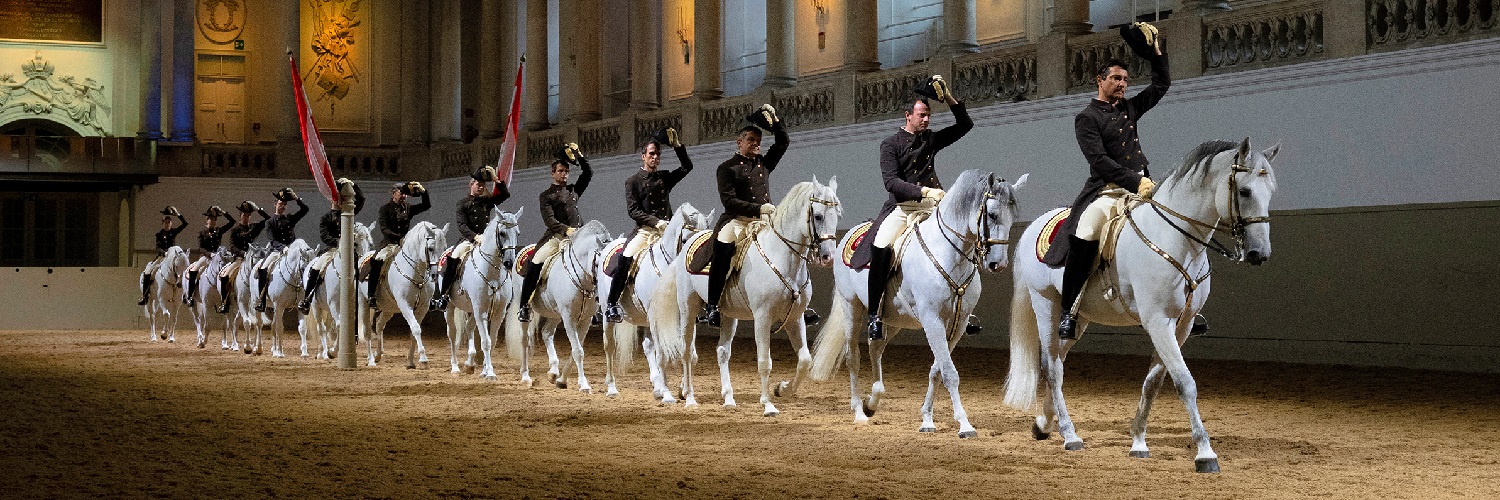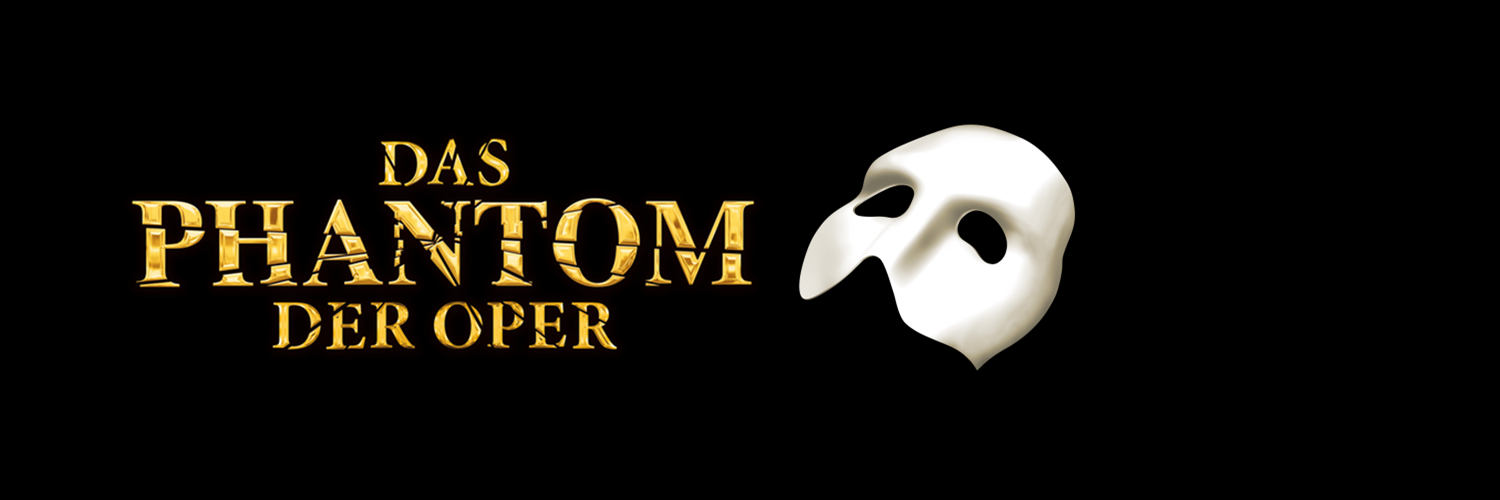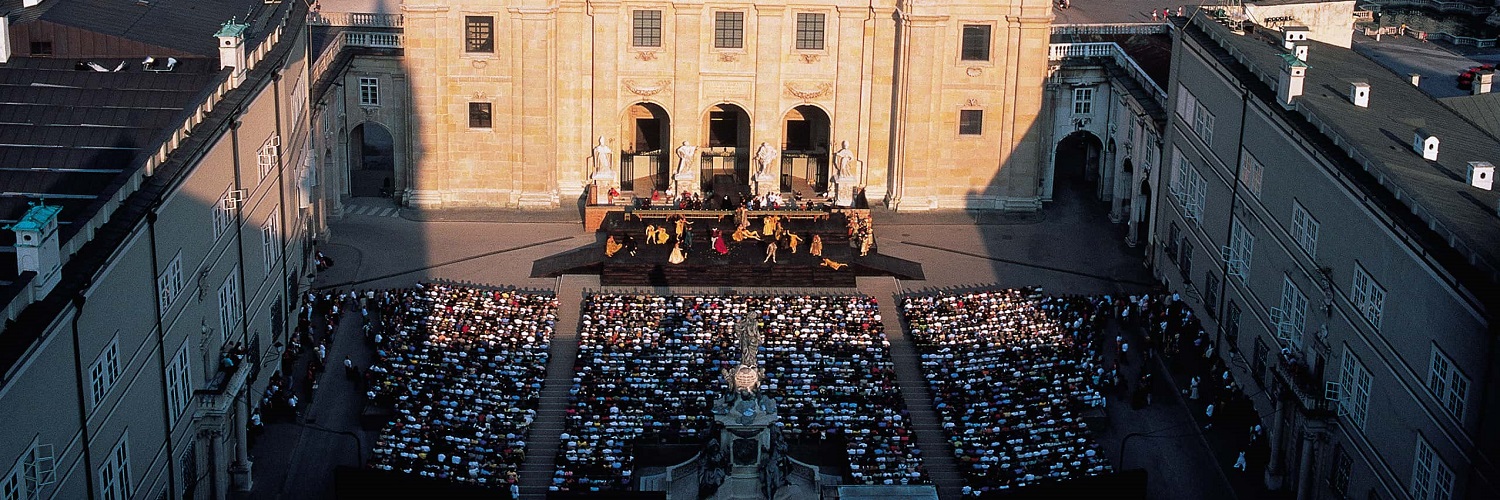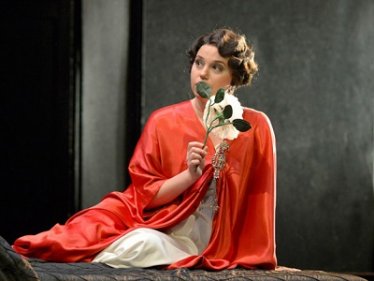La traviata - Schedule, Program & Tickets
La traviata
Melodrama in three acts
Libretto by Francesco Maria Piave based on the novel
"La dame aux camelias" by Alexandre Dumas fils
First performance on March 6, 1853 in Venice
Premiered at the Deutsche Oper Berlin on November 20, 1999
recommended from 13 years
2 hours 45 minutes / One break
In Italian with German and English surtitles
Introduction: 45 minutes before the start of the performance in the foyer on the right
At a party to which Violetta Valery, luxuriously supported by Baron Douphol, has invited after apparent recovery from a serious illness, she meets Alfredo Germont and a love for which there is no place in her world. She turns her back on her old life and moves to the country with Alfredo. When Alfredo's father demands that she give up the son so as not to jeopardize her younger sister's marriage through her bad reputation, she gives in desperately and writes Alfredo a farewell letter. A scandal erupts at a ball held by her friend Flora: Violetta wants Alfredo to believe that she loves Baron Douphol. In his jealousy, Alfredo throws the money he won at the game at her feet as "reward for her acts of love". A month later, when carnival is raging in Paris, Violetta is dying. Alfredo comes back - his father told him the truth about Violetta's reason for breaking up. Violetta forgives, releases Alfredo and dies.
The subject matter for Verdi's only opera, which is set in the bourgeois world of Paris around 1847, was the widely acclaimed novel La dame aux camélias by Alexandre Dumas the Younger, which tells the fate of the noble courtesan who died of tuberculosis on February 3, 1847 at the age of 23 Marie Duplessis made the subject of a critical study of the Parisian half-world. While the main characters in Dumas' play act in a dense network of relationships, Verdi and his librettist Francesco Maria Piave renounce everything that is not directly related to the conflict between Violetta, Alfredo and father Giorgio Germont. The drama, which focuses entirely on inner movements, concentrates on the three stages that Violetta Valery goes through: love, renunciation and death.
Götz Friedrich gave the tragedy the atmosphere of a requiem by telling the story of Violetta's suffering as a flashback. Already during the prelude Violetta can be seen lying on her white deathbed on the sparse stage, which resembles a monumental tomb. At the beginning of her party, she gets up from the bed, which is quickly converted into a lounger, puts on a ball gown – and the fun-loving Parisian half-world dances in through the doors that suddenly open. The story is told entirely without sentimentality, without any hint of trivial directness. The inner picture of the drama is consequently unrolled and the mood of doom and death in the work is brought to bear.
Subject to change.
Libretto by Francesco Maria Piave based on the novel
"La dame aux camelias" by Alexandre Dumas fils
First performance on March 6, 1853 in Venice
Premiered at the Deutsche Oper Berlin on November 20, 1999
recommended from 13 years
2 hours 45 minutes / One break
In Italian with German and English surtitles
Introduction: 45 minutes before the start of the performance in the foyer on the right
At a party to which Violetta Valery, luxuriously supported by Baron Douphol, has invited after apparent recovery from a serious illness, she meets Alfredo Germont and a love for which there is no place in her world. She turns her back on her old life and moves to the country with Alfredo. When Alfredo's father demands that she give up the son so as not to jeopardize her younger sister's marriage through her bad reputation, she gives in desperately and writes Alfredo a farewell letter. A scandal erupts at a ball held by her friend Flora: Violetta wants Alfredo to believe that she loves Baron Douphol. In his jealousy, Alfredo throws the money he won at the game at her feet as "reward for her acts of love". A month later, when carnival is raging in Paris, Violetta is dying. Alfredo comes back - his father told him the truth about Violetta's reason for breaking up. Violetta forgives, releases Alfredo and dies.
The subject matter for Verdi's only opera, which is set in the bourgeois world of Paris around 1847, was the widely acclaimed novel La dame aux camélias by Alexandre Dumas the Younger, which tells the fate of the noble courtesan who died of tuberculosis on February 3, 1847 at the age of 23 Marie Duplessis made the subject of a critical study of the Parisian half-world. While the main characters in Dumas' play act in a dense network of relationships, Verdi and his librettist Francesco Maria Piave renounce everything that is not directly related to the conflict between Violetta, Alfredo and father Giorgio Germont. The drama, which focuses entirely on inner movements, concentrates on the three stages that Violetta Valery goes through: love, renunciation and death.
Götz Friedrich gave the tragedy the atmosphere of a requiem by telling the story of Violetta's suffering as a flashback. Already during the prelude Violetta can be seen lying on her white deathbed on the sparse stage, which resembles a monumental tomb. At the beginning of her party, she gets up from the bed, which is quickly converted into a lounger, puts on a ball gown – and the fun-loving Parisian half-world dances in through the doors that suddenly open. The story is told entirely without sentimentality, without any hint of trivial directness. The inner picture of the drama is consequently unrolled and the mood of doom and death in the work is brought to bear.
Subject to change.
There are no products matching the selection.






